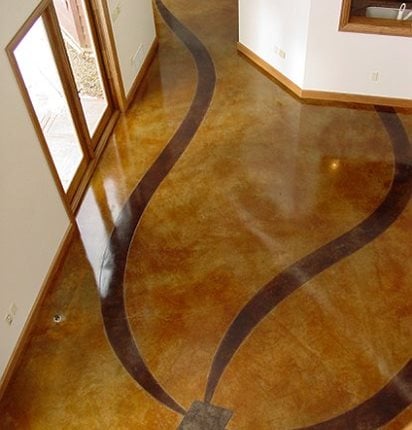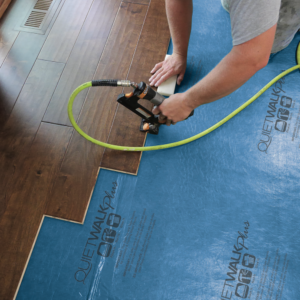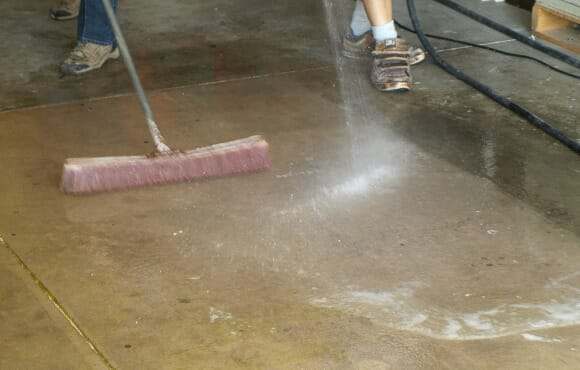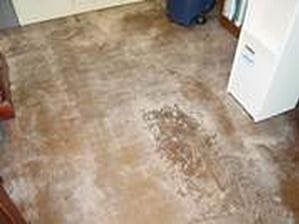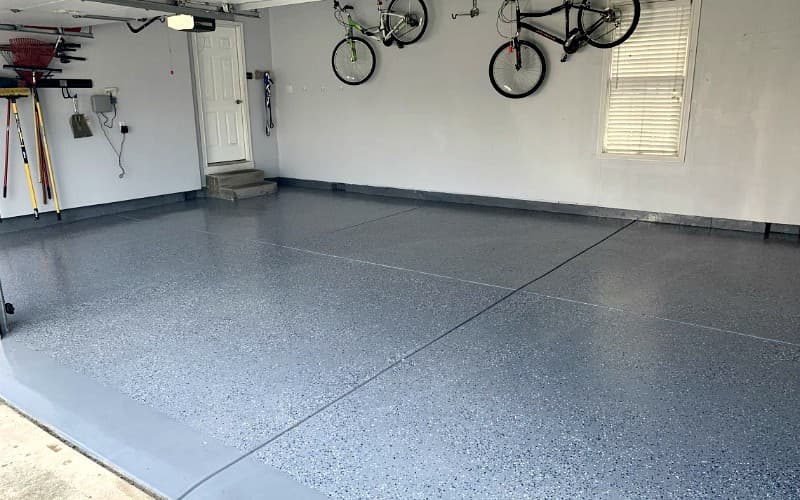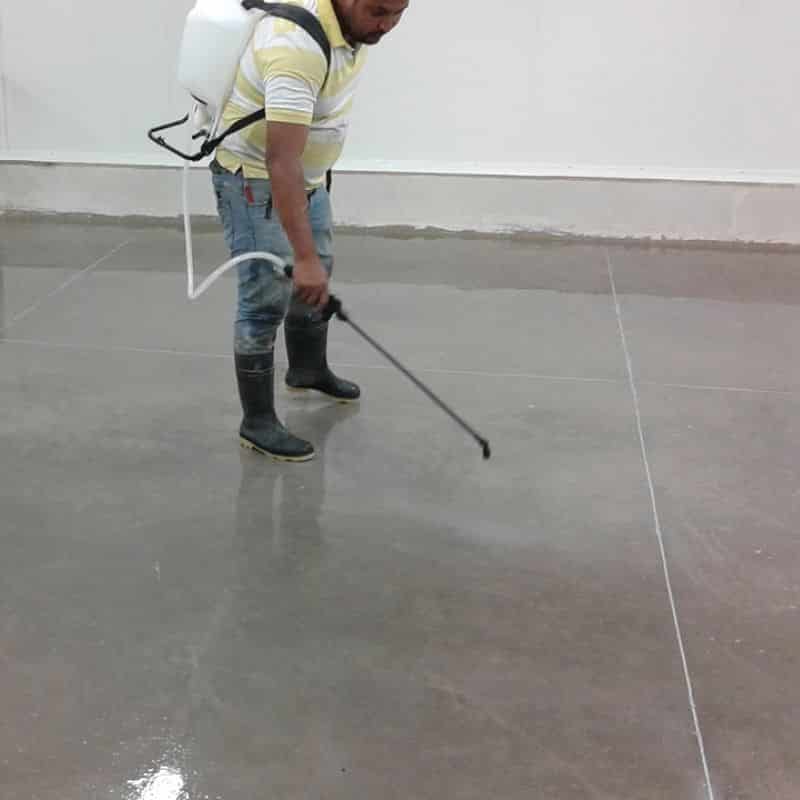Extrapolated test data is reported as pounds of moisture vapor being emitted from the concrete subfloor over a 1 000 square foot area during a 24 hour period.
Flooring damaged by vapor drive and calcium.
For floating floors manufacturers often recommend installing a moisture barrier between the subfloor and the floating floor to prevent moisture intrusion.
Moisture vapor pressure in a floor slab is generally very low relative to a well adhered floor covering moisture vapor emission rates can be assessed qualitatively astm d4263 plastic sheet method and quantitatively astm f1869 anhydrous calcium chloride method moisture vapor can condense to water in a slab.
The calcium chloride vapor emission test was developed in 1950 to measure the volume of water vapor radiating from a concrete slab surface over time.
Grout or cementitious bonds.
Manufacturers of most oor coverings feel that vapor emission rates from concrete slabs of greater than 3 pounds 1000 square feet 24 hour period as measured by the calcium chloride method are suf cient to cause ooring problems.
The difficulty of course is that if the moisture barrier is compromised in any way moisture from the slab beneath can still damage the flooring or finish.
Water vapor from the floor can make rooms more humid which can be a concern with new tighter home construction.
Calcium chloride is a salt like rock salt or sodium chloride and it can come into your house on your shoes through pores in a concrete.
In extreme cases when you started with wet concrete or when the ground beneath the slab is very wet the floor can actually be damp and slick and moisture will condense beneath objects placed on the slab.
Floor covering manufacturers whether producers of tile wood carpet or high performance floor coatings publish the maximum allowable moisture content of the concrete over which their flooring products can be installed based on results of various astm.
Standard test method for measuring moisture vapor emission rate of concrete subfloor using anhydrous calcium chloride.
Water or more importantly water vapor will migrate to the surface when there is a higher vapor pressure in the concrete than in the air above the surface 4 in many cases testing for moisture vapor transmission on new buildings is done prior to enclosing the building to allow the flooring contractor to proceed.
Although there are two methods usually associated with measuring concrete moisture in a flooring survey astm f 1869 calcium chloride and astm f 2170 relative humidity neither can predict for certain the future for the concrete.
Delamination or raised fluid filled blisters are often seen as the direct result of moisture or vapor drive issues.
The majority of commercial and industrial buildings are constructed with a concrete substrate laid over prepared soil called slab on grade.

